Benjamin Graham was an American economist and professional investor. Graham is considered the first proponent of value investing. Warren Buffett, who credits Graham as grounding him with a sound intellectual investment framework, described him as the second most influential person in his life after his father.
Introduction
Through arguments, examples, and practical principles, the intelligent investor aids the readers in establishing the proper mental and emotional attitudes toward their investment decisions. It will show that the lay investor can achieve a creditable result with minimal effort and capability.
The purpose of this book is to supply, in a form suitable for laymen, guidance in the adoption and execution of a successful investment policy. This book is not addressed to speculators (those who trade daily in the market) and doesn’t aim to show you how to beat the market.
Part 1: Who is an intelligent investor?
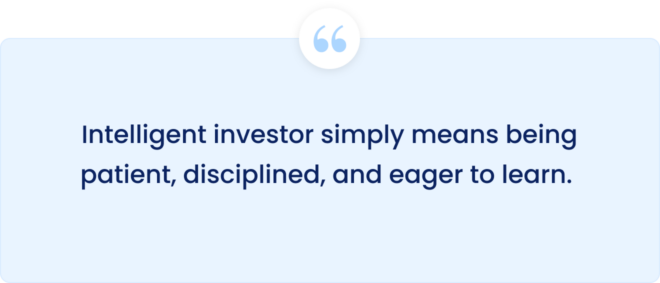
Let’s start with the most important question: why invest? Because of inflation. It takes away our wealth (about 3% per annum) and is so easy to overlook. Those with a fixed-dollar income will suffer when the cost of living advances (almost yearly).
On the other hand, holders of sound investments have the possibility that a loss of the dollar’s purchasing power may be offset by advances in their dividends and the prices of their investment portfolio value.
So, what exactly does Graham mean by an “intelligent” investor? “It simply means being patient, disciplined, and eager to learn. You must also harness your emotions and think for yourself.”
No matter how careful you are, the price of your investments will occasionally decrease. Unfortunately, you can’t eliminate that risk; you can only manage it and get your fears under control.
In other words, an investor’s chief problem and worst enemy will likely be themselves. That’s why Graham constantly emphasizes three things:
- How you can minimize the odds of suffering irreversible losses;
- How you can maximize the chances of achieving sustainable gains;
- How you can control the self-defeating behavior that keeps most investors from reaching their full potential.
The first principle intelligent investors have to learn is that stocks become more risky, not less, as their prices rise and less risky as their prices fall.
- The intelligent investor dreads a bull market (when it goes up) since it makes buying stocks more costly.
- Conversely, you should welcome a bear market (when it goes down) since it puts stocks back on sale.
Graham’s “margin of safety” concept helps by refusing to pay too much for an investment; you minimize the chances that your wealth will ever disappear or suddenly be destroyed.
It’s also important to notice: Graham uses the term “investor” in contradistinction to “speculator.” People who invest make money for themselves; people who speculate make money for their brokers. “An investment operation is one which, upon thorough analysis, promises safety of principal and an adequate return. Operations not meeting these requirements are speculative.”
In the rest of this summary, we’ll explore two types of investors:
- The defensive (or passive) investor seeks to avoid severe mistakes or losses and aims at freedom from effort, annoyance, and the need to make frequent decisions.
- The enterprising (or active or aggressive) investor is willing to devote time and care to selecting securities that are both sound and more attractive than the average, expecting a better average return than the passive investor.
The purchase of high-grade bonds, plus a diversified list of leading common stocks, which any investor can carry out with little or no expert assistance.
Part 2: The Defensive Investor
“A defensive investor runs and wins the race by sitting still.” Don’t buy more because the stock market has gone up; don’t sell because it has gone down. The heart of Graham’s approach is to replace guesswork with discipline.
A 50% bonds – 50% common stocks approach makes good sense here. Any deviation depends on your attitude, appetite for risk, and life circumstances:
- If you can take higher risks, go for a minimum of 25% in bonds/cash.
- If you’re risk-averse, aim at a maximum of 75% in bonds/cash.
- Change these percentages only as your life circumstances change.
- Rebalance every 6 months on easy-to-remember dates (e.g., New Year’s & the 4th of July).
Bonds
Bonds offer lower returns but secure & stabilize your portfolio. Thus, it is wiser to keep away from low-quality, high-yield bonds. The major type of bonds that deserve investor consideration is U.S. Savings bonds, series e & series h.
Bond funds offer cheap & easy diversification, along with the convenience of monthly income, which you can reinvest right back into the fund at current rates without paying a commission. For most investors, bond funds beat individual bonds hands down.
Common stocks
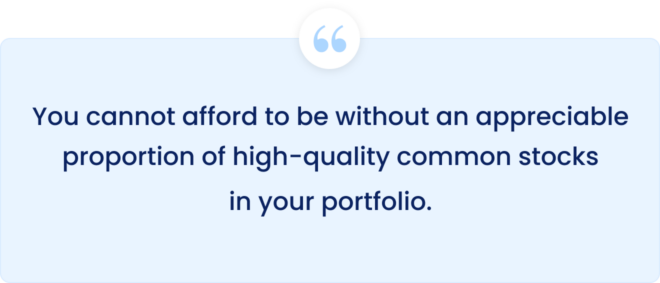
You can only afford to be with an appreciable proportion of high-quality common stocks in your portfolio because they offer a considerable degree of protection against inflation & higher average returns over the years.
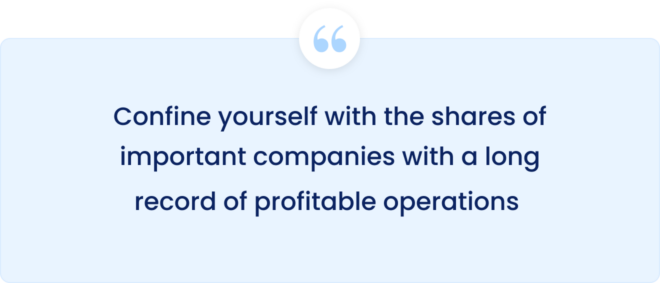
Graham’s rules for the common stock component:
- Adequate but not excessive diversification: a minimum of 10 different issues & a maximum of 30.
- Confine yourself with the shares of important companies with a long record of profitable operations, strong financial conditions, and a long history of continuous dividend payments.
- Limit the price you’ll pay for an issue, set at 25 times its average earnings over the past seven years and not more than 20 times the last year’s. (such a strategy eliminates the strongest and most popular companies and the entire category of “growth stocks”.)
A quick explanation for rule #3: The benefits in your portfolio can be lost if you pay a high price for your shares. In contrast, large, relatively unpopular companies (and therefore obtainable at reasonable earnings multipliers) are a sound choice. However, only invest in a company after first studying its financial statements and estimating its business value.
Mutual funds are the ultimate way for a defensive investor to capture the upside of stock ownership without the downside of having to police your portfolio:
- At a relatively low cost, you can buy a high degree of diversification and convenience.
- You’re letting a professional pick and watch the stocks for you
- You buy more every week, month, or calendar quarter – whether the markets have gone up or down.
Index funds
The ideal approach, however, is owning a portfolio of index funds. Index funds own every stock or bond worth having. That way, you renounce the guessing game of where the market is going.
Practically, you can spare $500 a month. By owning just three index funds ($300 in one that holds the total U.S. Stock market, $100 in one that has foreign stocks, and $100 in one that holds u.s. Bonds), you can ensure that you own almost every investment in the planet that’s worth owning!
Every month, like clockwork, you buy more. If the market has dropped, your preset amount goes further, buying you more shares than the month before. If the market goes up, your money buys you fewer shares.
With your portfolio on permanent autopilot, you prevent yourself from either flinging money at the market that goes up (and is more dangerous because it’s more expensive to buy) or refusing to accept more after a market crash has made investments truly cheaper (but seemingly more “risky”).
Expecting an average overall return of 7% on the performance of an index fund portfolio, which will cost about 0.3% of the portfolio’s value, you should be expecting a total of 6.7% return per annum.
A low-cost index fund is the best tool ever created for low-maintenance stock investing, and any effort to improve on it takes more work (and incurs more risk and higher costs) than a genuinely defensive investor can justify.
Hold an index fund for 20 years or more, adding new money every month, and you are all but sure to outperform the vast majority of professional and individual investors alike. Both Graham and Buffet praised index funds.
“That’s the power of disciplined buying even in the face of the great depression and the worst bear market of all time.” Some defensive investors enjoy the diversion and intellectual challenge of picking individual stocks. In that case:
- Keep 90% of your stock money in an index fund, leaving 10% to try picking your stocks.
- Never allow your speculative thinking to spill over into your investing activities & never mingle the money in your speculative account with what’s in your investment accounts.
Part 3: The Enterprising Investor
The “aggressive” investor will start from the same base as the defensive investor but will also branch out to other securities if proven attractive, as established by intelligent analysis.
If you bring just a little extra knowledge and cleverness to your investment program, you may find that you’ve actually done much worse instead of getting a little better than expected results.
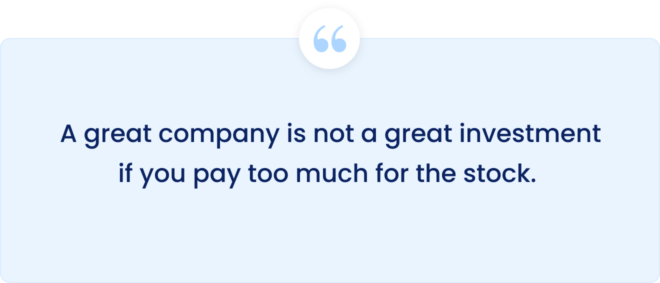
Graham lists his ‘don’ts’ for aggressive investors:
- High-yield bonds
- Foreign bonds (may be appealing if you can withstand plenty of risks)
- Day trading (holding stocks for a few hours): “The more you trade, the less you keep.”
In low markets and selling in high markets: “A great company is not a great investment if you pay too much for the stock.”
Carefully chosen “growth stocks”: “Look into growth stocks not when they are at their most popular, but when something goes wrong.”
Various bargain issues: “Temporary unpopularity creates lasting wealth by enabling you to buy a great company at a good price.”
Even for aggressive investors, however, it’s worth repeating selecting individual stocks is unnecessary, if not inadvisable. A small percentage of investors can excel at picking their stocks. Everyone else would be better off getting help, ideally through an index fund.
If you insist, Graham advised investors to practice first. Start by spending a year tracking and picking stocks (but not with real money):
- By test-driving your techniques before trying them with real money, you can make mistakes without incurring any actual losses, develop the discipline to avoid frequent trading, compare your approach against those of leading money managers, and learn what works for you.
- No harm was done if you didn’t enjoy the experiment or your picks were poor. Get yourself an index fund and stop wasting your time on stock picking.
- If you enjoyed the experiment and earned sufficiently good returns, gradually assemble a basket of stocks, but limit it to a maximum of 10% of your overall portfolio (keep the rest in an index fund). And remember: stop if it no longer interests you or your returns turn bad.
A last note on being an aggressive investor. Ultimately, financial risk resides not in what kinds of investments you have but in what kind of investor you are. Risk exists inside you. “If you want to know what risk is, go to the nearest bathroom and step up to the mirror.
That’s a risk, gazing back at you from the glass.” Successful investing is about managing risk, not avoiding it.
Key Takeaways
- We invest because of inflation, which erodes our wealth.
- An intelligent investor is patient, disciplined, and eager to learn, harnessing their emotions and managing risk & fear.
- Stocks become more risky as their prices rise & less risky as they fall.
- Refusing to pay too much for an investment minimizes the chances of losing your wealth.
- A 50% bonds – 50% common stocks approach makes good sense for a defensive investor.
- Hold an index fund for 20 years or more, adding new money monthly, and you’ll outperform the vast majority.
The Intelligent Investor Book Review
“The Intelligent Investor” by Benjamin Graham is a timeless investment classic that offers invaluable insights into the investing world.
Graham emphasizes the importance of diligent research, a long-term perspective, and a margin of safety in making investment decisions. He introduces concepts like value investing and provides practical advice on portfolio management and risk mitigation.
Written in a clear and accessible style, this book equips readers with the knowledge and tools to navigate the unpredictable nature of the stock market.
With its emphasis on rationality and discipline, “The Intelligent Investor” is a must-read guide for novice and experienced investors alike.
Thank You.
Contents

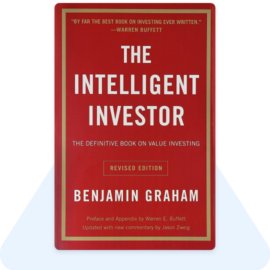
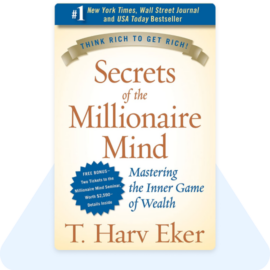
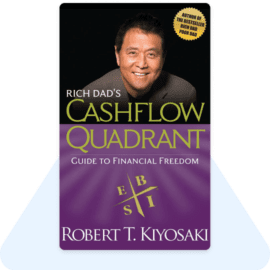
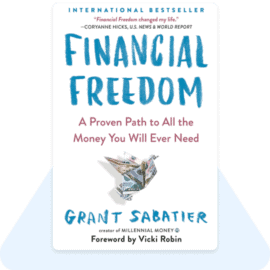
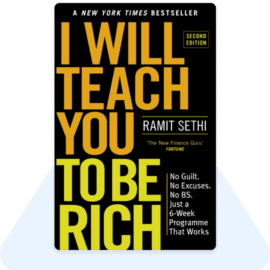
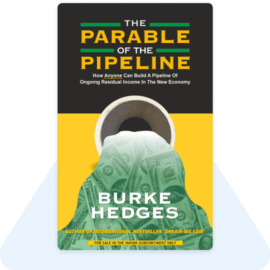


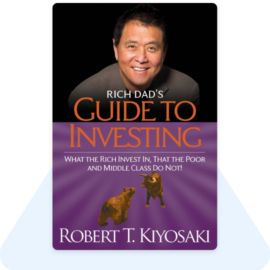
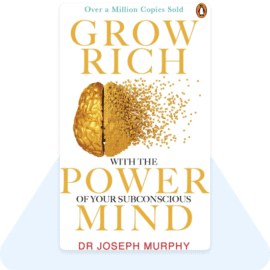
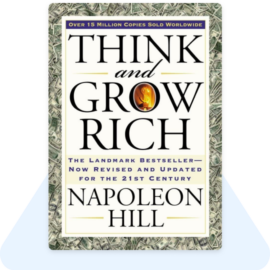

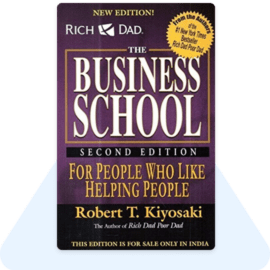
Thank you for this knowledgeable summary.